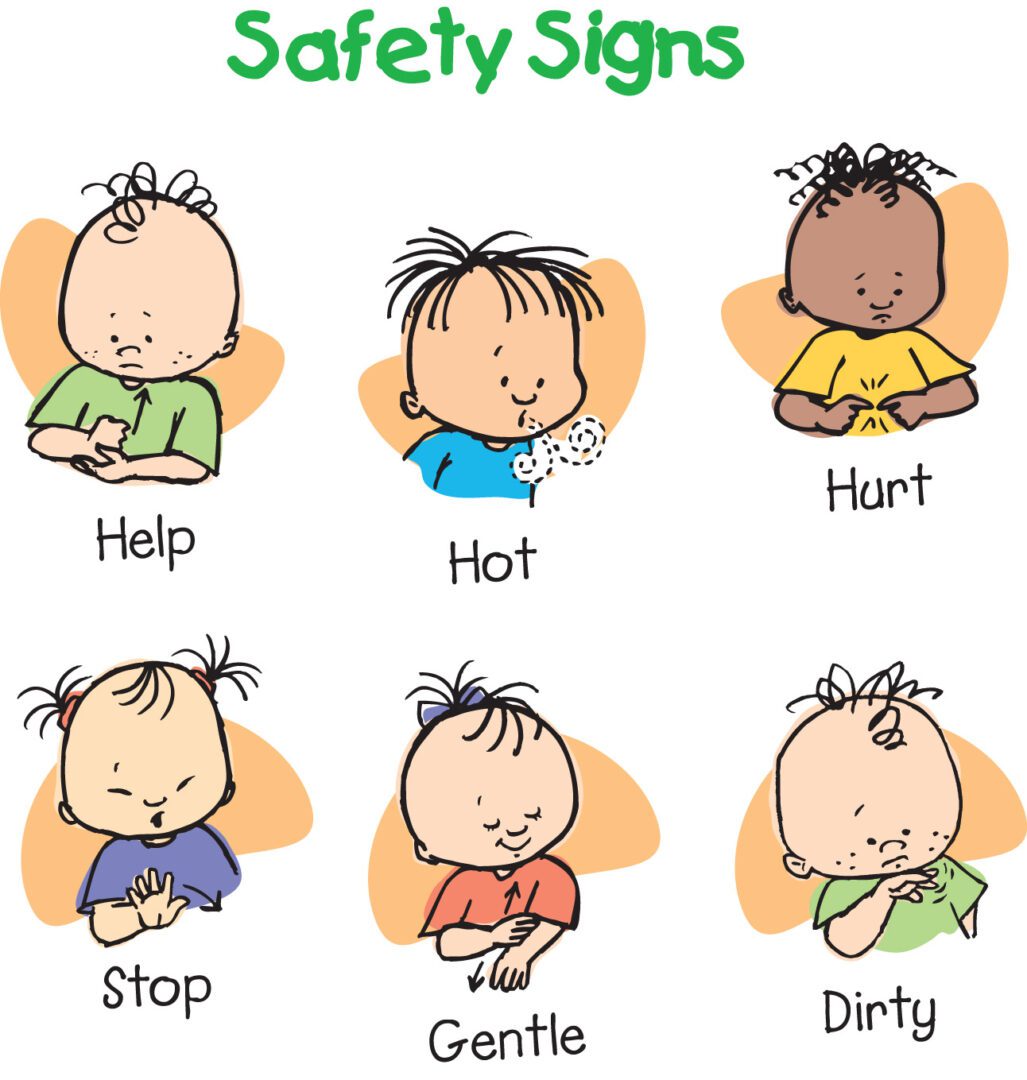
Enhancing Communication and Safety with Baby Signs®
Celebrating National Baby Safety Month with the Baby Signs® Program
Welcoming a new baby into your life is an exhilarating experience—full of joy, wonder, and a strong desire to keep your little one safe. As parents and caregivers, ensuring your baby’s well-being is always a top priority.
Every September, National Baby Safety Month reminds us to focus on safe practices for infants and young children. From creating safe sleep environments and securing furniture to practicing car seat safety, it’s a time to take proactive steps to protect the youngest members of our families.
One powerful way to enhance both communication and safety with your baby is through the Baby Signs® Program.

Why Baby Signs® Helps Keep Babies Safe
Babies can’t yet express themselves with words, but they can communicate. The Baby Signs® Program teaches simple sign language to babies and toddlers, helping them share their needs, feelings, and observations long before they can talk.
By using signs consistently alongside spoken words, parents and caregivers give babies a “voice”—reducing frustration, supporting development, and even preventing accidents.
Everyday Safety Signs to Teach
Teaching your baby practical safety-related signs empowers them to participate actively in their own safety:
- Expressing Needs → Signs like EAT, MILK, DIAPER, SLEEP help reduce crying and frustration, allowing caregivers to respond quickly.
- Emergency Signs → Signs such as HELP, HURT, HOT may alert adults to urgent situations.
- Identifying Discomfort → A sign like HURT can help babies communicate pain, teething, or even an allergic reaction.
- Instructional Signs → Signs like STOP, DIRTY, WAIT support safety by teaching boundaries and awareness of hazards.
Real-Life Examples
- A toddler who knows the sign for HOT may pause before touching a stove or cup of tea.
- A baby signing HURT can alert caregivers to an injury or discomfort more quickly than crying alone.
- Teaching STOP gives toddlers a clear, visual way to understand limits when crossing the street or reaching for unsafe objects.
Make Safety Fun and Interactive
🎵 Try the “I Know What To Do” song from the If You’re Happy & You Know It album.
🎓 Explore our MORE Sign, Say & Play™ Safety Class to dive deeper into safety-related signs.
🖼️ Post a Safety Signs Printable Poster Pack in your home for daily practice.

Take Action This Baby Safety Month
By adding Baby Signs® to your parenting toolkit, you give your baby more than words—you give them the ability to express themselves, reduce frustration, and play an active role in their own safety.
This September and beyond, celebrate Baby Safety Month by introducing safety signs like AFRAID, ALL DONE, DIRTY, FAST/SLOW, GENTLE, HELP, HOT, HURT, LISTEN, QUIET, SIT DOWN, STOP, UP/DOWN, WAIT, and WASH.
Small steps like these make a big impact on communication, confidence, and safety.
Resources for Parents
